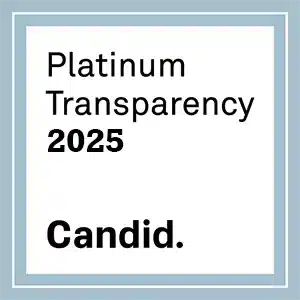Rising Technicians, a Tip for Success: Keep Learning
by Scott Miller, President & CEO, Interstate Batteries

The Bureau of Labor Statistics estimates the United States needs at least
120,000 new transportation technicians each year just to meet demand.
The automotive aftermarket is a $277B industry, growing since 2010 and predicted to continue. It’s fueled by consumers keeping their vehicles longer, putting more miles on them and needing more help when it comes to servicing them.
According to a recent IMR CCAMS study, only 53 percent of consumers answered that they had a repair done by a service professional within the last 12 months in 2008. In 2017, that number was up to 62 percent. This decrease in “Do It Yourself” behavior along with consumers generally keeping their vehicles longer than in years past, is keeping repair bays busy.
But aside from the usual demand for their services, there are some barriers to technicians’ ability to give their best service.
“Think about how you change a battery, something that used to be considered a simple job. Many that run in newer models aren’t even located under the hood. The list of what we at Interstate classify as “difficult to install” batteries grows each year as manufacturers move them to harder-to-reach spots to make room for performance-boosting gear.”
The first barrier to success: the entire automotive aftermarket industry is experiencing a shortage of technicians. At the same time, the number of cars per auto repair bay has grown from 167 to 228 since the year 2000, and that trend is projected to increase. So, the growing demand for service – combined with retiring technicians and people choosing to leave the industry – has created a “perfect storm” for a shortage.
With a deficit of qualified technicians, those currently working in the industry are crunched for time to handle the volume. In our 2017 World of Automotive Repair study, technicians listed time pressure as their No. 1 frustration. They feel rushed in their work, naturally leading to less attention to detail, poor communication and a less-than-satisfying customer experience.
“Technicians listed time
pressure as their No. 1 frustration”
The second barrier to success has a chance to become an opportunity to solve both problems. Technology plays an ever-growing role in how vehicles operate today, and requires more training from technicians than ever before. The technological, electrical, digital and problem-solving skills now required of technicians can appear to be obstacles to building manpower.
But that can be overcome: with training, development and continuing education to keep up with the industry’s exponential rate of change. Those investments can bring in new technician candidates and keep current technicians around longer, with the entire staff more qualified and satisfied in their jobs.
“The number of cars per auto repair bay has
grown from 167 to 228 since the year 2000”
Think about how you change a battery, something that used to be considered a simple job. Many that run in newer models aren’t even located under the hood. The list of what we at Interstate classify as “difficult to install” batteries grows each year as manufacturers move them to harder-to-reach spots to make room for performance-boosting gear.
Lucky for us, the “Do It For Me” mentality is not going away. As vehicles continue to grow more complex, the stronger the demand will be for quality technicians. With that said, it’ll be important as an industry that we share our knowledge — OEMs sharing important repair procedures, codes, etc., with aftermarket shops, and aftermarket shops sharing what works and doesn’t work with the manufacturers. This free flow of information will allow the industry to find the most efficient way to serve our customers and ease the time pressure technicians feel.
If I could give some advice to the current and future generation of technicians, I’d tell them:
1) Keep learning: Technologies are changing at an exponential speed. There’s no time to fall behind.
2) Stay current: Subscribe to blogs and publications to keep a pulse on the industry.
3) Market your shop: To stay competitive, shops have to promote themselves to the industry and consumers. If you don’t know how, partner with somebody who does, so you can compete with the national chains who have a lot of marketing power.
4) Use the shortage to your advantage: Be selective where you choose to work. Look for shops and dealers who promote learning, provide training and are great marketers. That’s where I’d want to work!
5) Put yourself in your customers’ shoes: The last thing anyone in our industry wants to do is make customers feel uncomfortable or think they’re being sold something they don’t need. It’s the little things that reinforce your customers’ trust.
Every industry has highs and lows. We can look at the technician shortage as a low, or see it as a chance to grow our skills to serve our customers better and welcome new and eager talent.
Scott Miller is President and CEO of Interstate Batteries.







